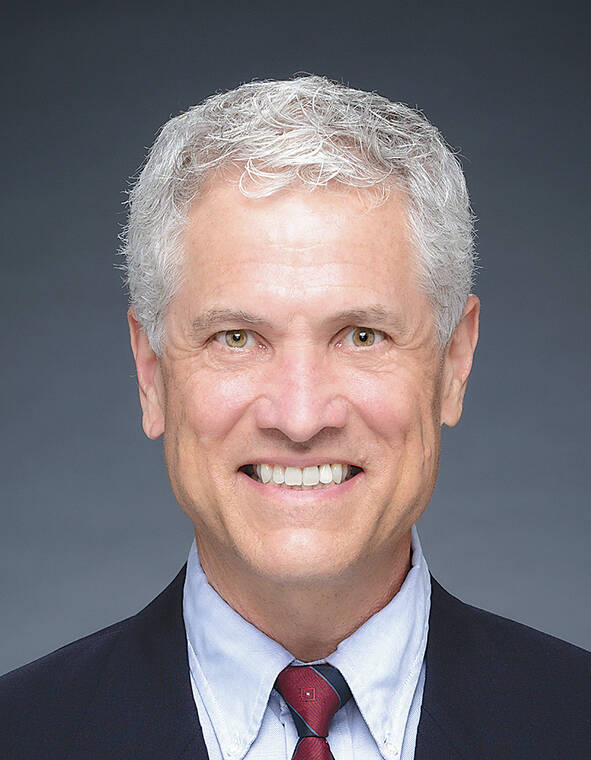Hawaii ranks among the lowest in the country for serving after-school “supper” to low-income students, according to a new report by the Food Research and Action Center.
“Afterschool Suppers: A Snapshot of Participation” shows 1 in 300 Hawaii keiki who ate free or reduced-priced school lunch in 2016 also ate after-school supper. The national average was 15 students having supper for every 300 who ate free or reduced-priced school lunch. Hawaii’s low supper participation placed it in the bottom three states.
“Only three schools (in Hawaii) offer supper,” Paula Adams, executive director of the Hawaii Afterschool Alliance, said on Thursday, adding none of those three schools are located on Hawaii Island. “And we know for some of the kids, the after-school meal is the last meal they will have until they come back to school the following morning.”
After-school snack participation in Hawaii is higher — about 10 percent between two federal nutrition programs that serve after-school snacks. Offering supper requires more cafeteria staff, Adams said, because it’s served as a full meal with three food items. An after-school snack, in comparison, might include just one item such as crackers with cheese.
Adams said advocates want to bolster supper participation by increasing Hawaii’s share of federal meal program funding and help streamline the supper application process to make it easier for more schools to participate.
“Supper is a full dinner, with more volume and more nutrients,” Adams said. “It could be offered around 5:30 p.m. So for kids in sports, for example, it’s great because they have dinner, they’re satisfied and before they go home they already have had something to eat.”
Every public school in Hawaii participates in the National School Lunch Program, which reimburses schools for lunches served each day so long as they adhere to established federal nutrition guidelines.
The full report can be found at tinyurl.com/afterschoolsupper.
Email Kirsten Johnson at kjohnson@hawaiitribune-herald.com.






